Operational Emissions Measurement
CivicActions is taking proactive action to identify and document how their business activities result in Greenhouse Gas (GHG) emissions, by having them third-party benchmarked in-line with the global GHG accounting standard Greenhouse Gas Protocol.
1 | Document
CivicActions has documented their business activities for the Measurement Period January 1 - December 31, 2023, and provided these details to Offset Alliance, for the completion of an operational emissions benchmark.
2 | Benchmark
Offset Alliance has applied relevant, publicly available emissions factors published by governmental and intergovernmental agencies, and industry specific organizations, to these business activities.
3 | Report
Results from the CivicActions 2023 operational emissions benchmark have been documented in a detailed, shareable report for CivicActions, including benchmark boundary, emission factors used and simplifying assumptions made.
2023 measured emissions
Scope 1 emissions are directly the result of burning fossil fuels in vehicles and equipment. Since CivicActions does not own or operate any vehicles or equipment, this is set to zero.
Scope 2 emissions are indirectly the result of purchasing electricity from energy grids to operate company facilities. Since the CivicActions team is 100% remote, and CivicActions does not own or lease any properties from which operations occur, this is set to zero. Emissions from energy use at remote, residential facilities are represented as Scope 3, Category 8.
Scope 3 emissions are indirectly the result of all other third-party activities that make a business possible, for instance business travel, employee commuting, and purchased goods and services. The entirety of CivicActions 2023 business emissions fall into Scope 3.
Transparency
Resources
The following most recent, publicly available emission factor resources were leveraged to perform the CivicActions 2023 operational emissions benchmark:
Flights: using UN ICAO carbon calculator (ICAO methodology) | DEFRA Radiative Forcing guidance (p103-104)
Hotel nights: using Cornell Hotel Sustainability Benchmark Index (CHSBI) 2024 (2022 calendar year data set), M1a–NonResort–Upper Quartile
Purchased goods & services: using EPA Supply Chain GHG Emission Factors v1.3 NAICS CO2e
Remote employees home office emissions: using most recently available U.S. EPA eGrid 2022 data (output only), and Canada Provincial 2021 Electricity Carbon Intensity (generation only) factors, U.S. EPA Energy Star Portfolio Manager (U.S. and Canada) for Energy Use Intensity By Property Type (Mixed use), and using Source Energy factor
Simplifying Assumptions
Flights benchmarked are all commercial / coach class unless reported by client as first or business class
Flights departing from or arriving to cities reported by client, that do not register as valid in the ICAO carbon emissions calculator, are assigned closest valid airport for benchmarking
Flights reported by client between two cities that do not register as valid in the ICAO carbon emissions calculator, are assigned a common transfer city as part of their route for benchmarking
Hotel nights benchmarked use in order of availability the following per occupied room night kg CO2e factors published in CHSBI 2024: 1) Market Area, 2) Region, and 3) Country
Home / Remote offices of FTE standard size: 100 ft2 U.S. and 9.29 m2 Canada, and Portfolio Manager mixed use facility type factor for both
Home / Remote offices of FTE allocated standard 230 working days per annum (divided by 12 = 19.167 per month)
Purchased goods & services represent those paid for to the benefit of client (do not include amounts paid for on behalf of clients’ customers e.g. “pass through” items paid for on behalf of customers for convenience)



